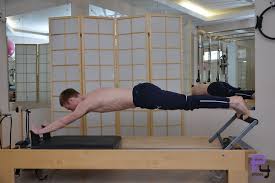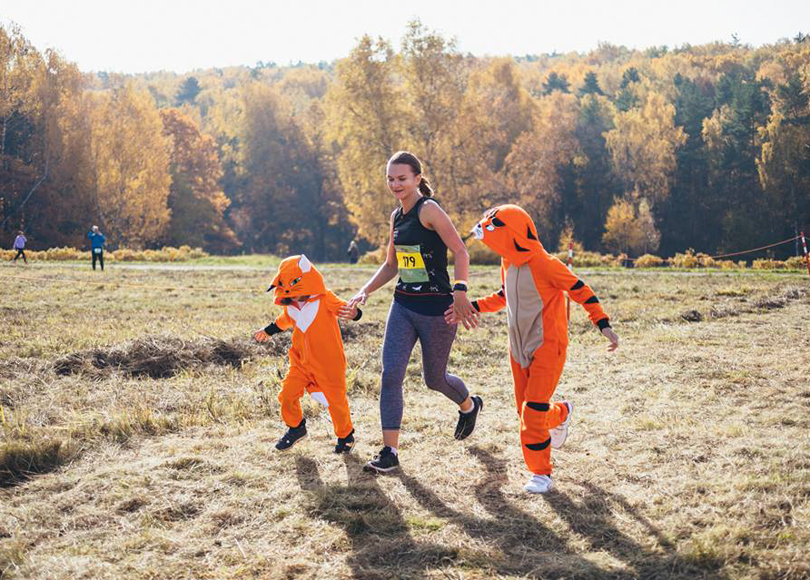Periodization of loads: how often to change the training program
 Periodization of training is a necessary condition for achieving the desired result. About whom and under what conditions it is necessary to change the training plan, read the article.
Periodization of training is a necessary condition for achieving the desired result. About whom and under what conditions it is necessary to change the training plan, read the article.
This article will discuss a very important aspect of training, namely the question: how often do I need to change and adjust the lesson plan. A huge number of people starting to work out in the gym or fitness in general, note that at the beginning of training, namely the first 1.5-2 months, the body reacts quite actively to the load, and then this effect disappears and often there is a feeling that not only nothing happens with the state of the body, but even such indicators as endurance and strength also remain at the same level.
And one of the main mistakes of both beginners and many experienced trainees is the lack of a change in the training program. For years, people can do the same thing in the same order, and then say that training “does not work” and does not bring any effect.
At the heart of all this is such a concept as periodization of loads. And first of all, it is necessary to understand the theoretical component of this term.
What is load periodization
Periodization of loads (periodization of training) is the division of the “global” training plan, aimed at achieving the ultimate goal, into smaller stages.
For example, if a young man who has the most average unsportsmanlike physique with a slight excess of subcutaneous fat wants to look “muscular” enough and bold, then this is his ultimate goal. But in order to achieve this, he needs to increase the amount of muscle mass (and for this he still needs an increase in strength indicators), and then reduce the amount of subcutaneous fat, so that the muscles become visible. All these are different stages, requiring not only a different approach to training, but also compliance with differing nutrition systems. Not to mention the fact that the periodization process also implies the presence of recovery periods.
In the periodization of training, several cycles are usually distinguished:
Macrocycle – most often it represents the time required to achieve the ultimate goal, i.e. a specific “conceived” state of the body and lasts, as a rule, from six months to a year (but the time indicator will be individual for each). For professional athletes, this period usually coincides with the period of preparation for certain competitions.
The mesocycle is an integral part of the macrocycle dedicated to the achievement of a single intermediate goal, for example, gaining muscle mass, increasing strength or reducing the percentage of one of the three types of fat in the body and achieving muscle relief. Most often, such cycles last 2–3 months.
A microcycle is a period of a mesocycle that also pursues its specific motives. Usually the whole microcycle is one training week, during which a different number of training sessions, in other words, training sessions, can be assumed. During the microcycle, the intensity of training, i.e. the amount of weights, the amount of training that can be measured in the number of approaches or the total tonnage, new exercises appear, etc. All this relates to microcycle planning.
The concept of periodization of loads initially appeared in the tactics of training weightlifters, and only then arose in bodybuilding and powerlifting. Later, the concept spread to fitness. That is why most often they speak of periodization in the context of these sports and, accordingly, mention the goals specific to them. But you need to understand that periodization exists in any sport, only its principles will be very different, because in different sports areas it is necessary to develop different characteristics. So, for example, a marathon runner absolutely does not need to take care of muscle growth, his main goal is endurance.
Most likely, most of those who are reading this text now have the same question: “Why should I know that?” I perfectly understand that my audience is not performing athletes or professional powerlifters. These are people who are engaged in fitness for maintaining health or body shaping. That is why I will not go into the description of different approaches to periodization of loads. But even if you do fitness “for yourself” and not for the podium, I’m sure you also want to see constant progress and visual result from your classes. That is why, you need to “periodize” your training plan.
How can this look in practice? Let’s take an example and take the most common case. Suppose there is a girl who has 10 kg of excess weight. She never went in for sports or fitness, she is quite hard on physical activity, but after 6 months she really wants to not only get rid of extra pounds, but also “get” some “shape” in the buttocks.




